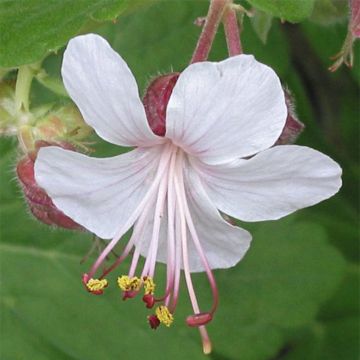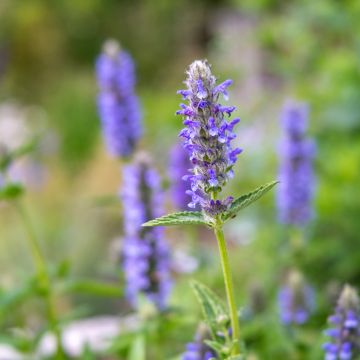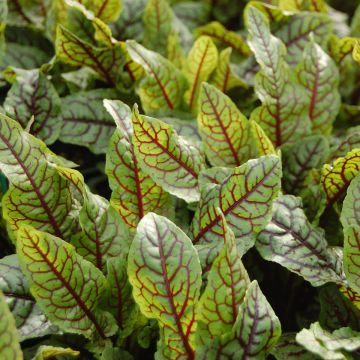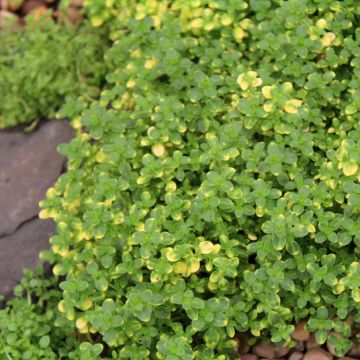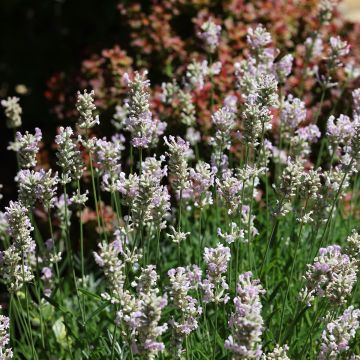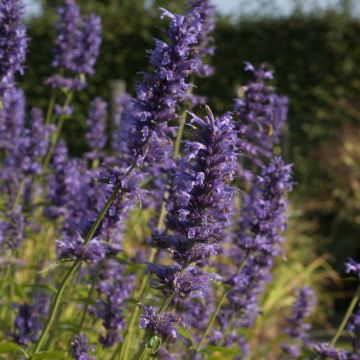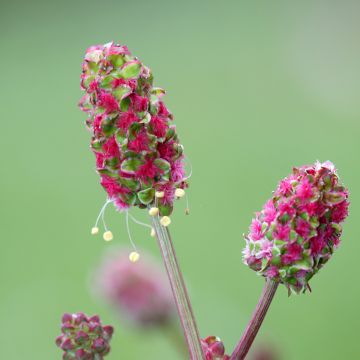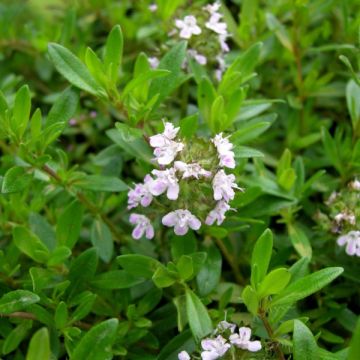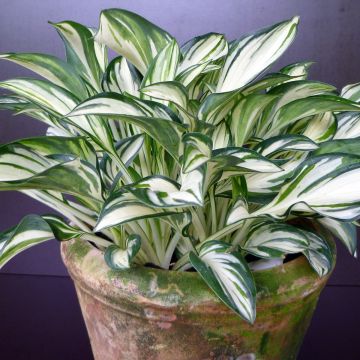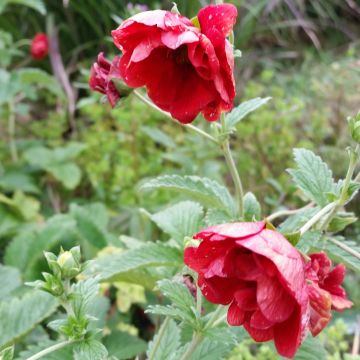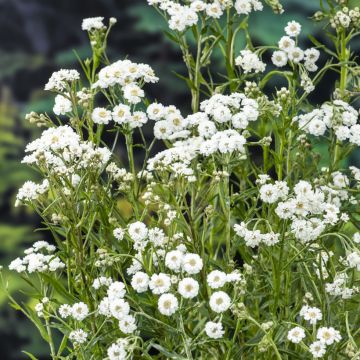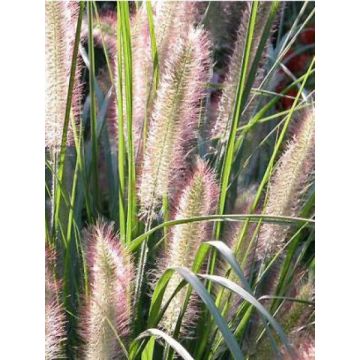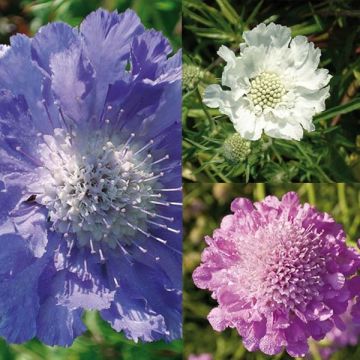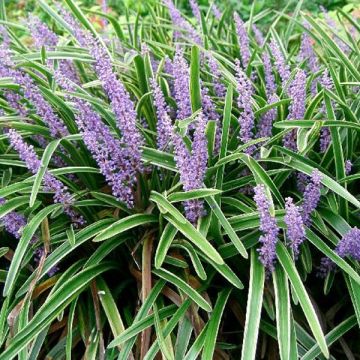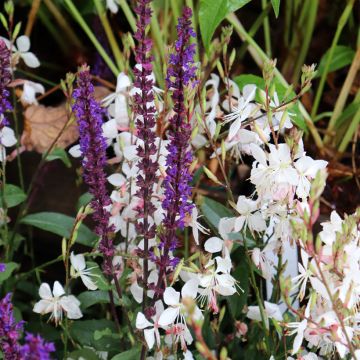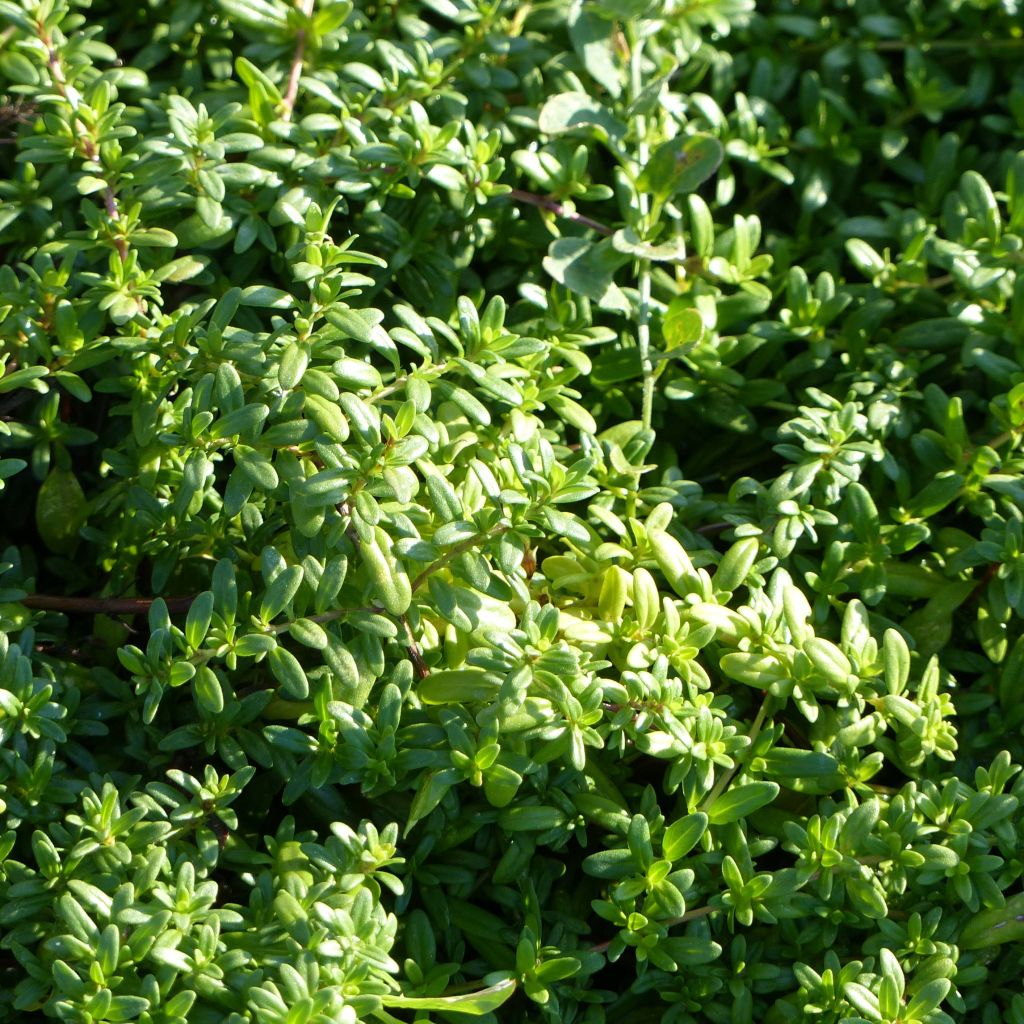

Thymus longicaulis - Thyme
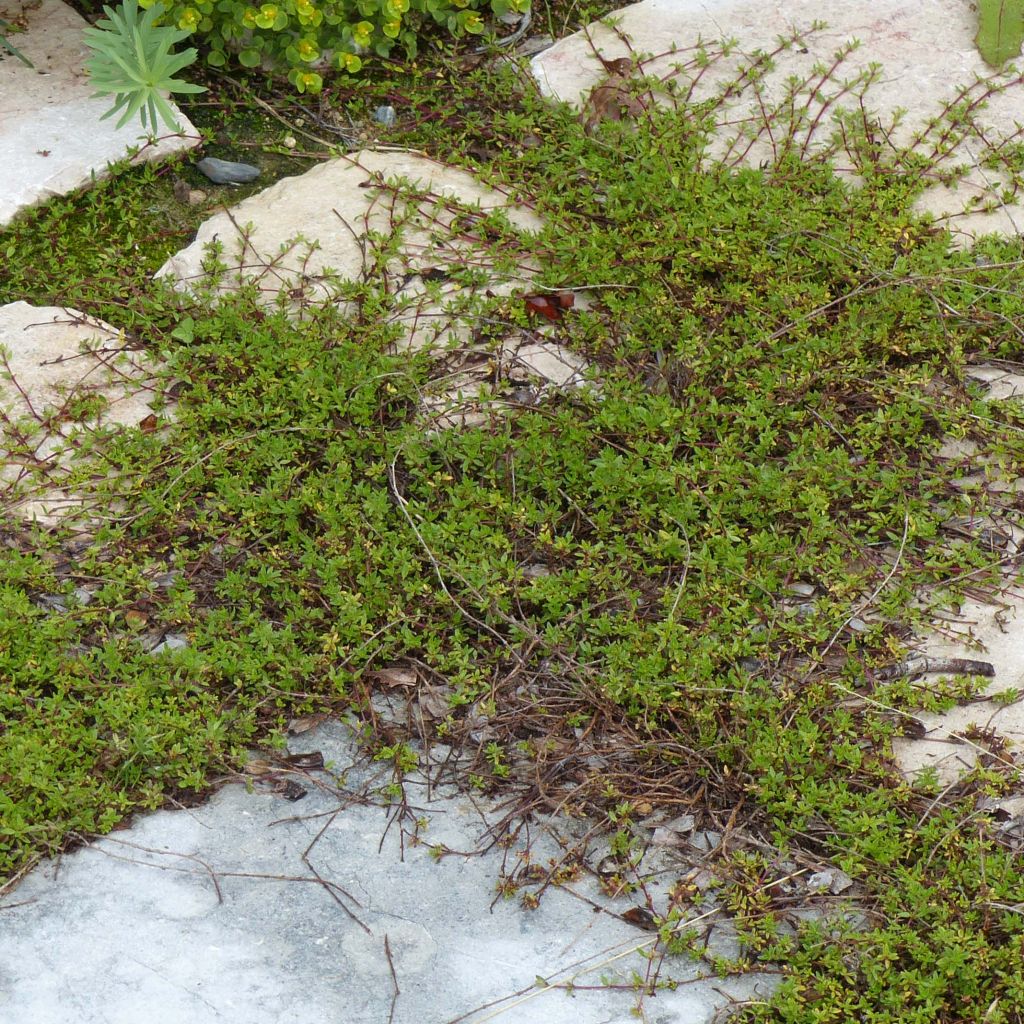

Thymus longicaulis - Thyme
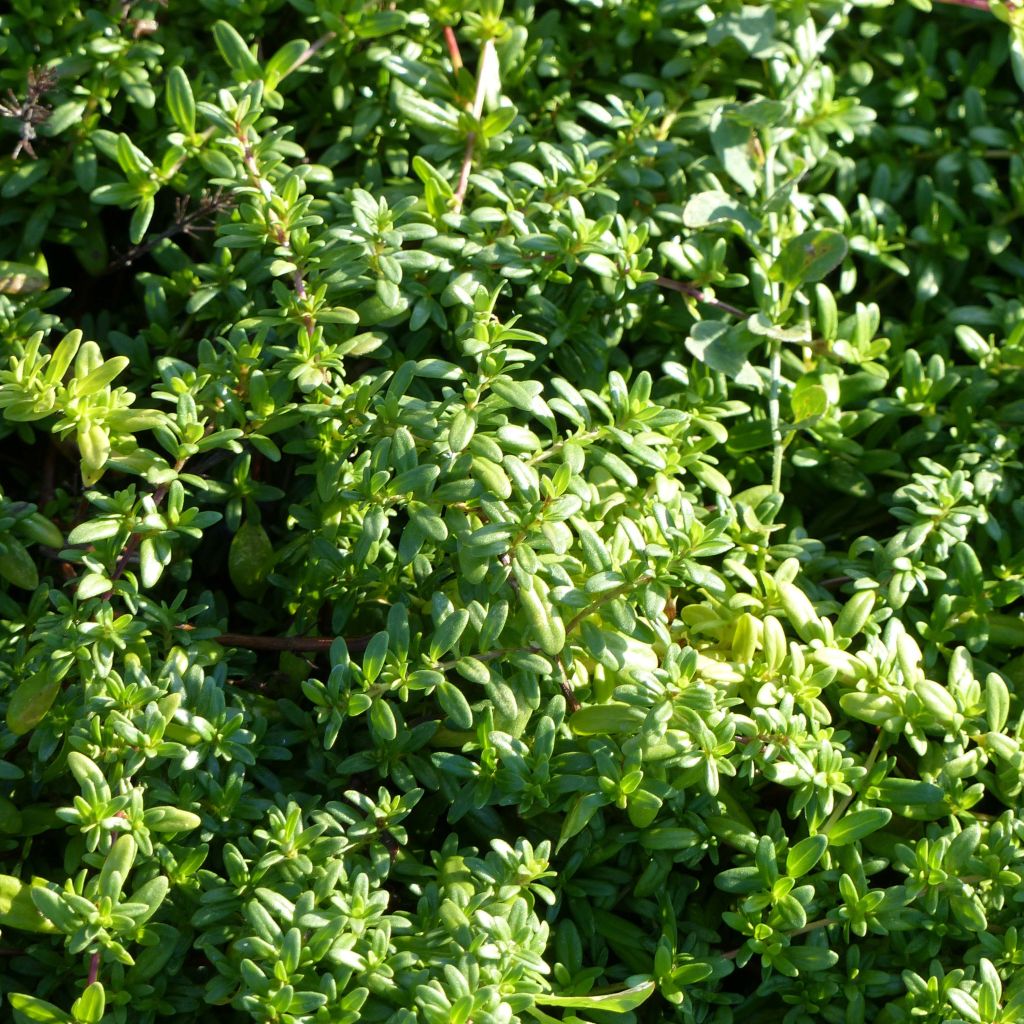

Thymus longicaulis - Thyme
Thymus longicaulis - Thyme
Thymus longicaulis
Thyme
Received a young plant, in flower, very vigorous and fragrant.
Mikita, 30/05/2023
This item cannot be shipped to the selected country
Delivery charge from €5.90
More information
Schedule delivery date,
and select date in basket
This plant carries a 12 months recovery warranty
More information
We guarantee the quality of our plants for a full growing cycle, and will replace at our expense any plant that fails to recover under normal climatic and planting conditions.
From €5.90 for pickup delivery and €6.90 for home delivery
Express home delivery from €8.90.

Does this plant fit my garden?
Set up your Plantfit profile →
Description
Thymus longicaulis is one of the best groundcover thymes for all regions. Vigorous, robust and very carpeting, it forms a highly fragrant carpet that is particularly dense, with interwoven stems that conform to the contours of the ground. It blooms abundantly from early spring, with small clusters of pink-lilac flowers, covering everything that should be hidden under a frothy and very pink tide at ground level. In the garden, it can be used in rockeries or on stone walls, but also in low-traffic areas to replace the lawn, alone or mixed with other groundcover thymes. Perfectly hardy, this perennial thrives in poor and dry soil, requiring full sun and well-drained soil.
Originally from Southern Europe, especially Italy, theThymus longicaulis is a botanical species belonging to the Lamiaceae family. Its resistance to drought and cold is commendable. It has a carpeting habit, with its stems rooting upon contact with the ground, allowing it to form a very dense foliage mat, at least 15 cm (6in) high and 50 cm (20in) wide. Its foliage is composed of tiny, oval-elongated, leathery leaves, dark green in colour. When crushed, they release the aroma of thyme and lemon. Flowering occurs from April to June depending on the climate. Tiny tubular and bilabiate pink-lilac flowers, grouped in dense whorls, bloom above the foliage, at the tips of the year's shoots, attracting numerous pollinating insects. Like many Mediterranean plants adapted to drought, thymes develop a dual root system, consisting of a central taproot, which plays a fundamental role by penetrating deep into the soil or rock crevices, and a superficial network of very long rootlets capable of capturing even the slightest surface moisture. This plant releases molecules from its roots that inhibit the germination of other plants through allelopathy, which ultimately reduces the need for weeding.
Thymus longicaulis is decorative all year round and proves hardy in well-drained soil in all regions. Its carpeting habit makes it an ideal plant for elegantly filling the joints of paving stones, cracks and tops of walls, or the edges of a stone staircase, especially since it tolerates moderate foot traffic well. It can be used alone or mixed with other thymes (Thymus ciliatus, Thymus serpyllum 'Lemon Curd', Thymus herba-barona, Thymus hirsutus...), as well as with robust plants like Achillea crithmifolia, Phyla nodiflora, or Trifolium fragiferum. Long-stemmed thyme adorns the ground near a flower bed and is a great alternative to the lawn, even in the dry Mediterranean summer. It will thrive in a sunny rockery, with aubrietas, gold or silver baskets, teucrium, and creeping ceanothus.
Report an error about the product description
Thymus longicaulis - Thyme in pictures
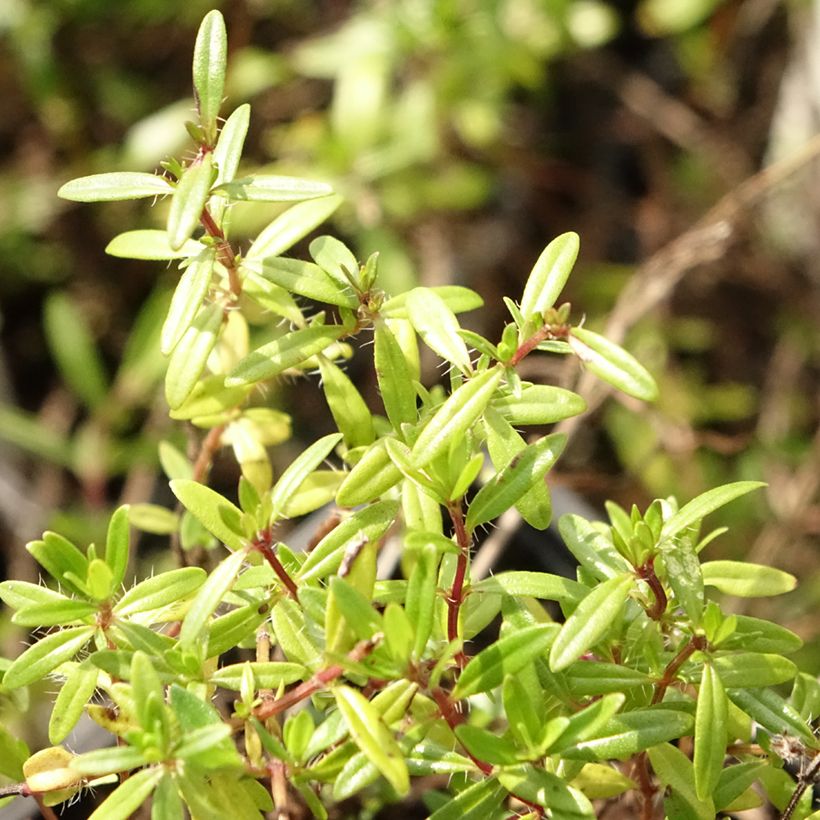

Flowering
Foliage
Plant habit
Botanical data
Thymus
longicaulis
Lamiaceae
Thyme
Central Europe
Other Herb perennials
Planting and care
Thyme is a plant well adapted to alpine climates, but also to drier regions in summer. It requires a well-drained soil, preferably sandy, poor, even limestone and stony, to withstand the harshness of winter. It is undemanding in terms of soil and water, but will be more beautiful if occasionally watered in a Mediterranean climate. On the other hand, a consistently moist to wet soil in summer should be avoided. Plant it after the last frost and in September-October in hot and dry climate. It cannot thrive without sunlight and likes to have warm roots. Plant it in full sun. In heavy soil, plant it in a raised bed enriched with gravel, in a rock garden, in full sun against a south-facing wall, on a stony or sandy slope, any substrate that does not retain moisture would be detrimental to it in winter. It is preferable to prune the stems after flowering to maintain a compact habit for the plant, which also tolerates occasional mowing and moderate trampling (such as a family garden).
Regularly pruning them (on young wood), and after flowering, allows them to age better and remain compact.
Planting period
Intended location
Care
-
, onOrder confirmed
Reply from on Promesse de fleurs
Summer flowering perennials
Haven't found what you were looking for?
Hardiness is the lowest winter temperature a plant can endure without suffering serious damage or even dying. However, hardiness is affected by location (a sheltered area, such as a patio), protection (winter cover) and soil type (hardiness is improved by well-drained soil).

Photo Sharing Terms & Conditions
In order to encourage gardeners to interact and share their experiences, Promesse de fleurs offers various media enabling content to be uploaded onto its Site - in particular via the ‘Photo sharing’ module.
The User agrees to refrain from:
- Posting any content that is illegal, prejudicial, insulting, racist, inciteful to hatred, revisionist, contrary to public decency, that infringes on privacy or on the privacy rights of third parties, in particular the publicity rights of persons and goods, intellectual property rights, or the right to privacy.
- Submitting content on behalf of a third party;
- Impersonate the identity of a third party and/or publish any personal information about a third party;
In general, the User undertakes to refrain from any unethical behaviour.
All Content (in particular text, comments, files, images, photos, videos, creative works, etc.), which may be subject to property or intellectual property rights, image or other private rights, shall remain the property of the User, subject to the limited rights granted by the terms of the licence granted by Promesse de fleurs as stated below. Users are at liberty to publish or not to publish such Content on the Site, notably via the ‘Photo Sharing’ facility, and accept that this Content shall be made public and freely accessible, notably on the Internet.
Users further acknowledge, undertake to have ,and guarantee that they hold all necessary rights and permissions to publish such material on the Site, in particular with regard to the legislation in force pertaining to any privacy, property, intellectual property, image, or contractual rights, or rights of any other nature. By publishing such Content on the Site, Users acknowledge accepting full liability as publishers of the Content within the meaning of the law, and grant Promesse de fleurs, free of charge, an inclusive, worldwide licence for the said Content for the entire duration of its publication, including all reproduction, representation, up/downloading, displaying, performing, transmission, and storage rights.
Users also grant permission for their name to be linked to the Content and accept that this link may not always be made available.
By engaging in posting material, Users consent to their Content becoming automatically accessible on the Internet, in particular on other sites and/or blogs and/or web pages of the Promesse de fleurs site, including in particular social pages and the Promesse de fleurs catalogue.
Users may secure the removal of entrusted content free of charge by issuing a simple request via our contact form.
The flowering period indicated on our website applies to countries and regions located in USDA zone 8 (France, the United Kingdom, Ireland, the Netherlands, etc.)
It will vary according to where you live:
- In zones 9 to 10 (Italy, Spain, Greece, etc.), flowering will occur about 2 to 4 weeks earlier.
- In zones 6 to 7 (Germany, Poland, Slovenia, and lower mountainous regions), flowering will be delayed by 2 to 3 weeks.
- In zone 5 (Central Europe, Scandinavia), blooming will be delayed by 3 to 5 weeks.
In temperate climates, pruning of spring-flowering shrubs (forsythia, spireas, etc.) should be done just after flowering.
Pruning of summer-flowering shrubs (Indian Lilac, Perovskia, etc.) can be done in winter or spring.
In cold regions as well as with frost-sensitive plants, avoid pruning too early when severe frosts may still occur.
The planting period indicated on our website applies to countries and regions located in USDA zone 8 (France, United Kingdom, Ireland, Netherlands).
It will vary according to where you live:
- In Mediterranean zones (Marseille, Madrid, Milan, etc.), autumn and winter are the best planting periods.
- In continental zones (Strasbourg, Munich, Vienna, etc.), delay planting by 2 to 3 weeks in spring and bring it forward by 2 to 4 weeks in autumn.
- In mountainous regions (the Alps, Pyrenees, Carpathians, etc.), it is best to plant in late spring (May-June) or late summer (August-September).
The harvesting period indicated on our website applies to countries and regions in USDA zone 8 (France, England, Ireland, the Netherlands).
In colder areas (Scandinavia, Poland, Austria...) fruit and vegetable harvests are likely to be delayed by 3-4 weeks.
In warmer areas (Italy, Spain, Greece, etc.), harvesting will probably take place earlier, depending on weather conditions.
The sowing periods indicated on our website apply to countries and regions within USDA Zone 8 (France, UK, Ireland, Netherlands).
In colder areas (Scandinavia, Poland, Austria...), delay any outdoor sowing by 3-4 weeks, or sow under glass.
In warmer climes (Italy, Spain, Greece, etc.), bring outdoor sowing forward by a few weeks.


































